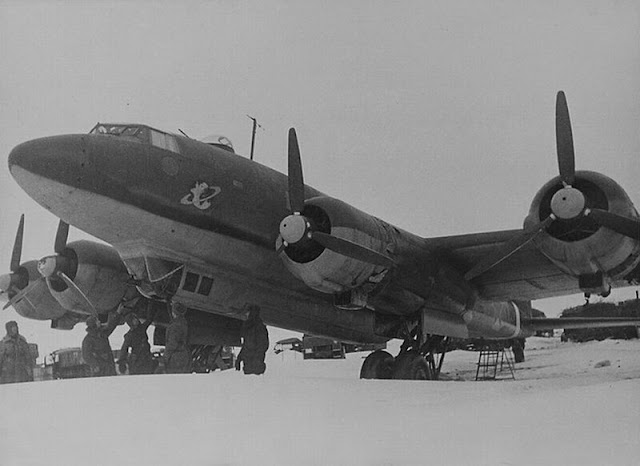Little-known photos of the destroyed Stalingrad
Little-known photos of the destroyed Stalingrad. Military photographer Strunnikov is a graduate of the State technical school of cinematography. In the 1930s – he was a photojournalist for the Newspapers Vodny transport, Komsomolskaya Pravda, and Izvestia. He liked to work in the genre of reportage, was actively published in domestic and foreign periodicals. Since 1932-photojournalist of the newspaper "Pravda". Participated in the Arctic expedition on the icebreaker "Krasin", conducted photo reports on the socialist construction in Central Asia and Transcaucasia. From the first day of the great Patriotic war — frontline photojournalist of the newspaper "Pravda". He shot on the Western, Kalinin, Bryansk, Leningrad, Volkhov, First Baltic and other fronts, in Moscow, Moscow region, Leningrad, Stalingrdai, Smolensk, Odessa, Crimea. Senior Lieutenant Sergei Strunnikov was killed on June 22, 1944 near Poltava
The fountain became famous thanks to several photographs by E. Evzerichin, who captured the contrast between carefree frolicking children and a terrifying picture of the destruction of the city during the battle of Stalingrad. The photos were taken on August 23 after a German air RAID on the city. The photo was titled: "August 23, 1942. After a massive RAID by Nazi aircraft"
The fountain is an illustration of K. Chukovsky's poetic fairy tale "Barmaley" (1924), in which the captured villain Barmaley was swallowed by a crocodile at the request of the good doctor Aibolit:
 "All that remains of the Romanian cavalry"
"All that remains of the Romanian cavalry"
"The horseshoe didn't help"
"Destroyed Stalingrad"
"Long live the great organizer of the heroic defense of Stalingrad, comrade Stalin"
"Elevator"
"Near the Gorky theater"
"Destroyed railway station"
"Pointer to Sadovaya street"
"Remains of a children's fountain on the station square"
Fountain "Barmaley" ("Children's round dance", "Crocodile", "Children", "Children and crocodile", "Dancing children") - a fountain that was located in the city of Stalingrad
The monument was a circle of six children leading a dance around a crocodile. This was a typical fountain, similar fountains were in other cities: for example, in Voronezh (in Koltsovsky square), Dnepropetrovsk (in the Park named after him. Chkalov), Orenburg, Kazan (in Gorky Park), Chernihiv (near red square).The fountain became famous thanks to several photographs by E. Evzerichin, who captured the contrast between carefree frolicking children and a terrifying picture of the destruction of the city during the battle of Stalingrad. The photos were taken on August 23 after a German air RAID on the city. The photo was titled: "August 23, 1942. After a massive RAID by Nazi aircraft"
The fountain is an illustration of K. Chukovsky's poetic fairy tale "Barmaley" (1924), in which the captured villain Barmaley was swallowed by a crocodile at the request of the good doctor Aibolit:
Happy, happy, happy, happy kids,
Danced, began to play around the fire:
“You are us,
You us
Saved from death
You set us free.
You in good time
Saw us
Oh good
Crocodile!
"The remains of the lines of defense"
"Remains of residential buildings"
"Bank of the Volga River"
"The curse and death of the fascist German invaders, their states, their army, their new order"
"General Field Marshal Paulus was captured here"
"Paulus Cabinet"
"The corpse of a Soviet civilian killed during German shelling"
"German dugouts"
"German half-eaten Horse"
"Romanian cavalry"
"Vehicle remnants"
"The typewriter thrown by the Germans"
"Soviet soldier inspects a 220 mm trophy"
"The remains of German artillery"
"German tank crashed by airstrike"
"Captured German 6 barrel mortars"
"Destroyed German vehicles and the half-eaten horse"
"Anti-aircraft gun destroyed by airstrike"
"Remains of German equipment"
"Guard shoes of the Germans"
"Destroyed German aircraft"
"Downed German transport aircraft, will no longer fly to Germany"
"Captured German armored vehicles"
"Parachute landing containers"
"Captured German Aircraft"
"Captured German reconnaissance aircraft"
"Captured German Aviation Park"
"German mototechnics"
"Helmets"
"Ammunition Warehouse"
"Ammunition Warehouse"
"Corpses of the invaders"
"We will revive you dear Stalingrad"
"Cemetery of German invaders in the village Gorodishche"
"German prisoners" higher race "goes to new habitats"
"German soldier in a state of rigor mortis"
"Invaders "
"Stalingrad school and students"
"Return to Stalingrad"
"Victims of the German bombing"


























































Comments
Post a Comment